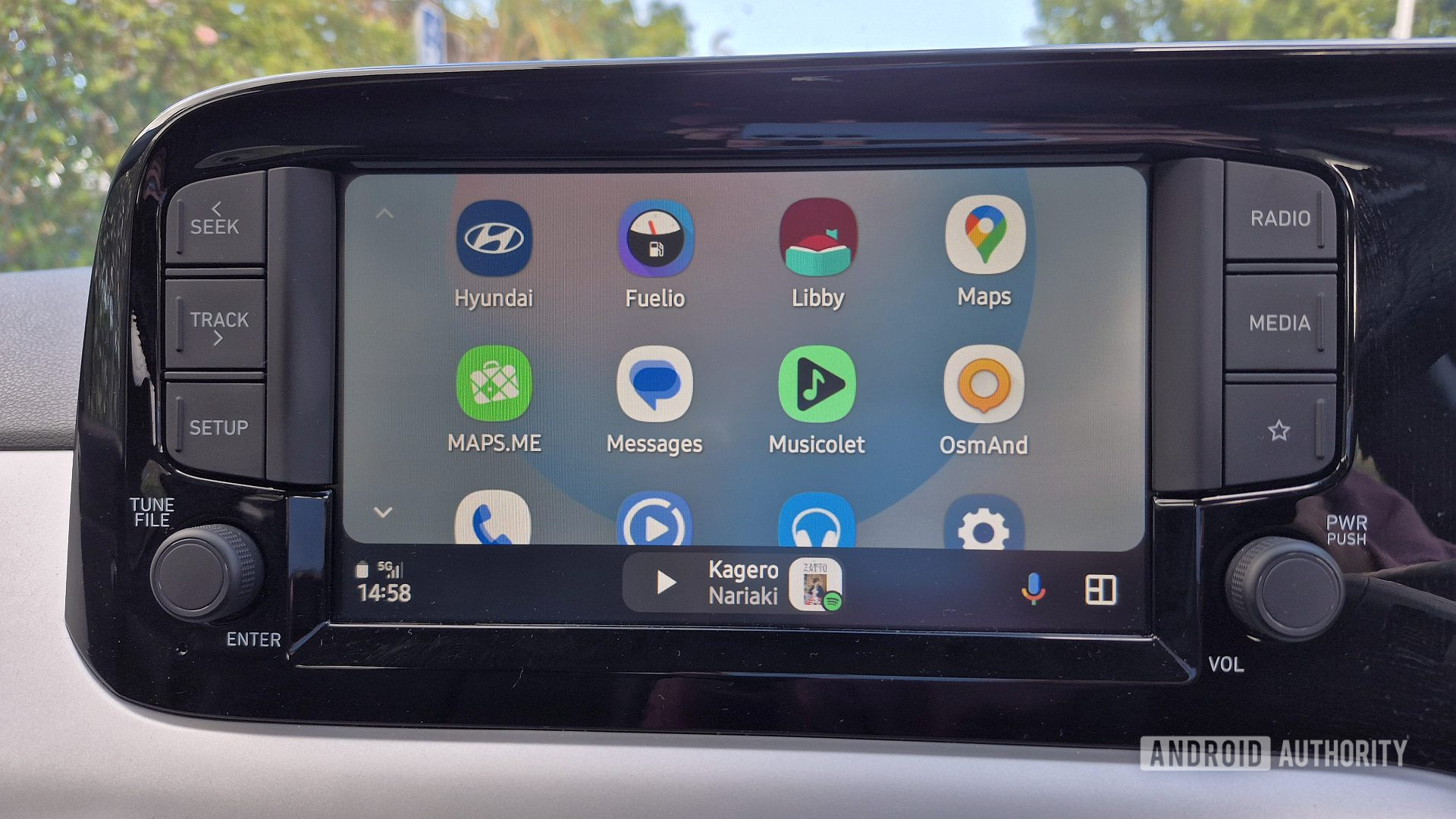As NASA embarks on longer-duration space missions, including the goal of sending humans to Mars, the challenge of maintaining astronaut health far from Earth becomes ever more pressing. In collaboration with Google, NASA is developing a cutting-edge AI medical assistant designed to help astronauts diagnose and treat medical conditions autonomously when communication with Earth is unavailable. This initiative is part of NASA’s broader efforts to prepare for deep space exploration and make space missions more Earth-independent. Google’s cloud services, including Vertex AI, provide the infrastructure for this medical tool, a move that could eventually have far-reaching applications on Earth.
NASA and Google have worked together on this project, as detailed Google’s blog post on how they’re testing AI for medical care in space, and NASA’s Artemis Program documentation. These collaborations underscore the need for new technologies that can support astronauts’ well-being on extended space missions. The AI medical assistant, named Crew Medical Officer Digital Assistant (CMO-DA), is an experimental tool that can diagnose and treat various medical conditions in space, helping ensure the health and safety of astronauts during missions like the upcoming Mars exploration.
The Development of CMO-DA: A Leap Toward Autonomous Healthcare in Space
NASA’s Crew Medical Officer Digital Assistant (CMO-DA) is a groundbreaking step in space medicine, designed to help astronauts address health issues in the absence of Earth-based support. The CMO-DA is more than just a simple chatbot—it is a comprehensive, multimodal tool that uses speech, text, and images to interact with astronauts, offering them real-time diagnostics and treatment options. This medical assistant operates within Google Cloud’s Vertex AI platform, which integrates AI models from both Google and other third-party sources to power the system.
One of the key advantages of this system is its ability to function in environments where traditional communication channels are unreliable. During deep space missions, such as those headed toward Mars, astronauts will experience long delays in communication with mission control, and in some cases, direct communication may be impossible. The CMO-DA aims to fill this gap by offering AI-driven diagnostic support that astronauts can use to make decisions about their health.
The AI assistant has already been tested in several scenarios involving common medical issues that astronauts might encounter in space. These tests included evaluating the assistant’s ability to diagnose and suggest treatment for ankle injuries, flank pain, and ear pain. The results were promising, with diagnostic accuracy ranging from 74% to 88% across different scenarios. This suggests that the tool could significantly improve the astronauts’ ability to manage their health during missions, even in the absence of a doctor or Earth-based medical experts.
Multimodal Capabilities: Speech, Text, and Image Recognition for Effective Diagnosis
What sets CMO-DA apart from conventional medical tools is its multimodal nature. By incorporating speech, text, and image recognition, the tool is designed to interact with astronauts in a variety of ways. For example, astronauts can describe their symptoms verbally, upload images of injuries or conditions, or type out symptoms to receive assistance. This versatility allows the tool to respond to the user’s preferred mode of communication, making it adaptable to the dynamic needs of astronauts in space.
These capabilities are especially critical in space, where traditional forms of medical assistance are limited. In microgravity, astronauts’ ability to assess and treat injuries could be significantly altered, making a tool like CMO-DA indispensable. Furthermore, the AI’s ability to process visual inputs like images will help astronauts evaluate injuries or conditions that require a more in-depth look. Whether it’s assessing a wound or identifying signs of more complex issues like infections or muscle atrophy, this technology will provide astronauts with crucial diagnostic tools.
Improving the Health of Astronauts in Space: The Impact on Mars Missions
As NASA looks toward sending humans to Mars, the potential for health issues during long-duration space travel is a significant concern. Astronauts will be exposed to a range of factors that could negatively affect their health, such as radiation, muscle atrophy, and bone density loss due to microgravity. Without the ability to rely on quick trips back to Earth for medical care, astronauts will need tools to address these challenges autonomously.
CMO-DA is designed to meet this need. By using AI to diagnose and treat conditions, it can significantly reduce the reliance on Earth-based communication for medical support. In testing, the assistant has shown its ability to handle scenarios commonly encountered by astronauts, such as injuries or common illnesses, with high diagnostic accuracy. The ability to treat these issues on the spot could help prevent conditions from worsening and ensure the health of astronauts during extended missions.
“The tool not only could improve the health of astronauts in space, but the lessons learned from this tool could also have applicability to other areas of health,” said David Cruley, customer engineer at Google’s Public Sector business unit. This insight highlights the broader potential of the technology—if proven successful in space, it could be adapted for use in other challenging environments, such as remote areas on Earth or in healthcare facilities with limited resources.

